Save $79 on Celestron Nature DX 12×56 binoculars at Amazon

Looking for your next pair of binoculars? Save 29% and get the Celestron Nature DX 12×56 binoculars for $190 at Amazon in this binocular deal
Science and Technolgy blog

Looking for your next pair of binoculars? Save 29% and get the Celestron Nature DX 12×56 binoculars for $190 at Amazon in this binocular deal
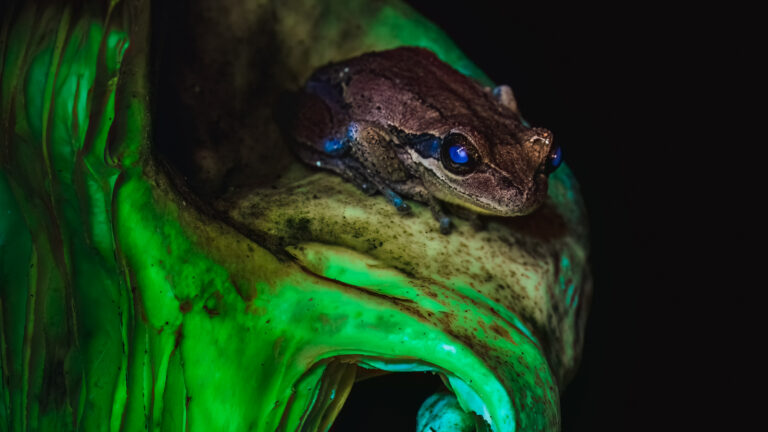
An image of a biofluorescent frog perched on a bioluminescent mushroom is the People’s Choice winner for the Beaker Street Science Photography Competition 2024.
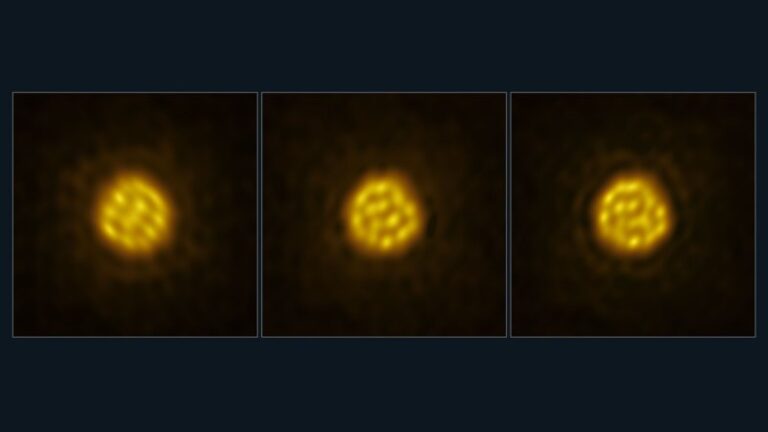
In a first, astronomers captured how convective forces power the quick bubbling movement of gas cells on the surface of a distant, massive star.
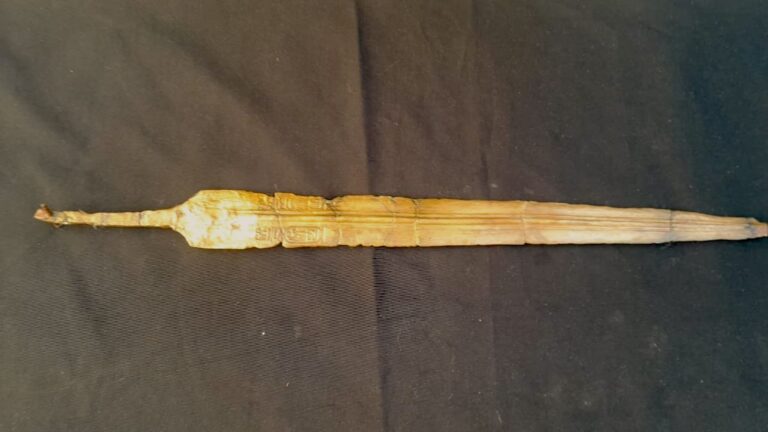
The newfound barracks may have been built partly because the Libyans were becoming a growing threat to ancient Egypt.
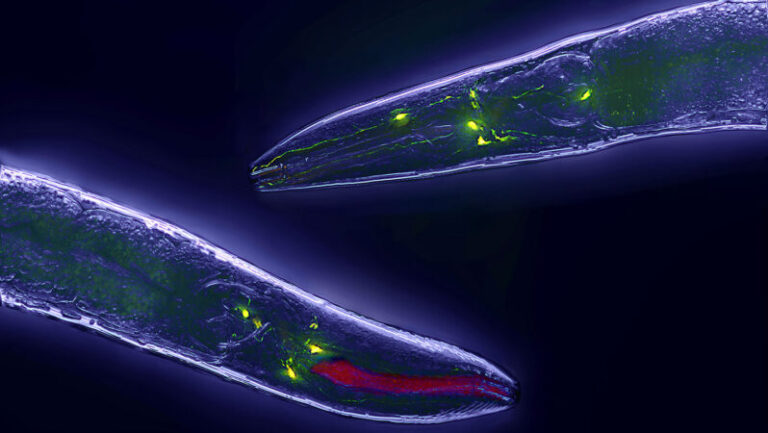
This is another in a year-long series of stories identifying how the burgeoning use of artificial intelligence is impacting our lives — and ways we can work to make those impacts as beneficial as possible. Ramin Hasani peered through a microscope at a…
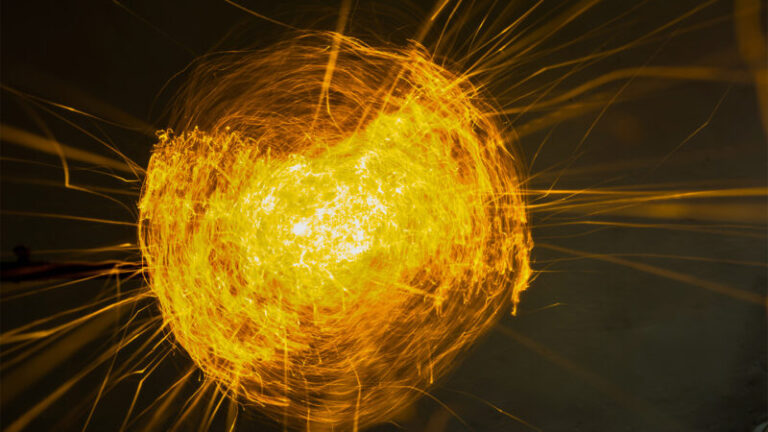
Kugelblitz (noun, “KOO-ghull-blitz”) A kugelblitz is a black hole made of pure light. Such objects are only theoretical. Some laws of physics suggest they should be able to exist. Others suggest that in real life, a kugelblitz could never actually…
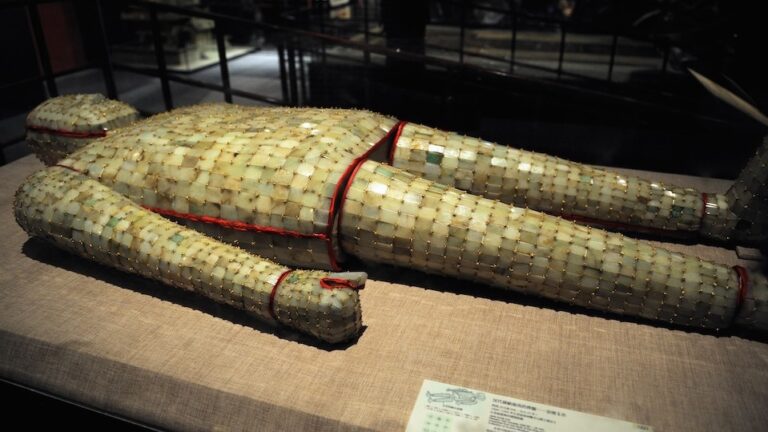
The jade burial suit was made using thousands of pieces of jade held together with gold thread.
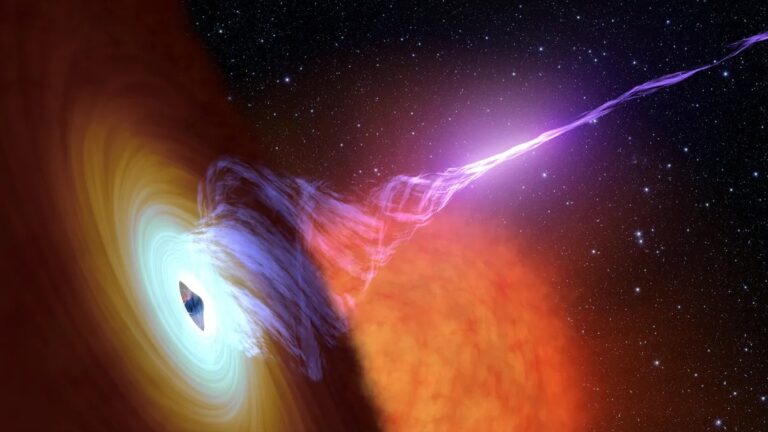
New observations with JWST have confirmed that supermassive black holes have the power to quench star formation across their surrounding galaxies.

Scientists finally know why ultraviolent superstorms flare up on Uranus and Neptune

With the rise of AI models and automated bots, we find out whether there is any weight to the idea that the internet is now mostly dominated by machines or if it’s still a human hangout.